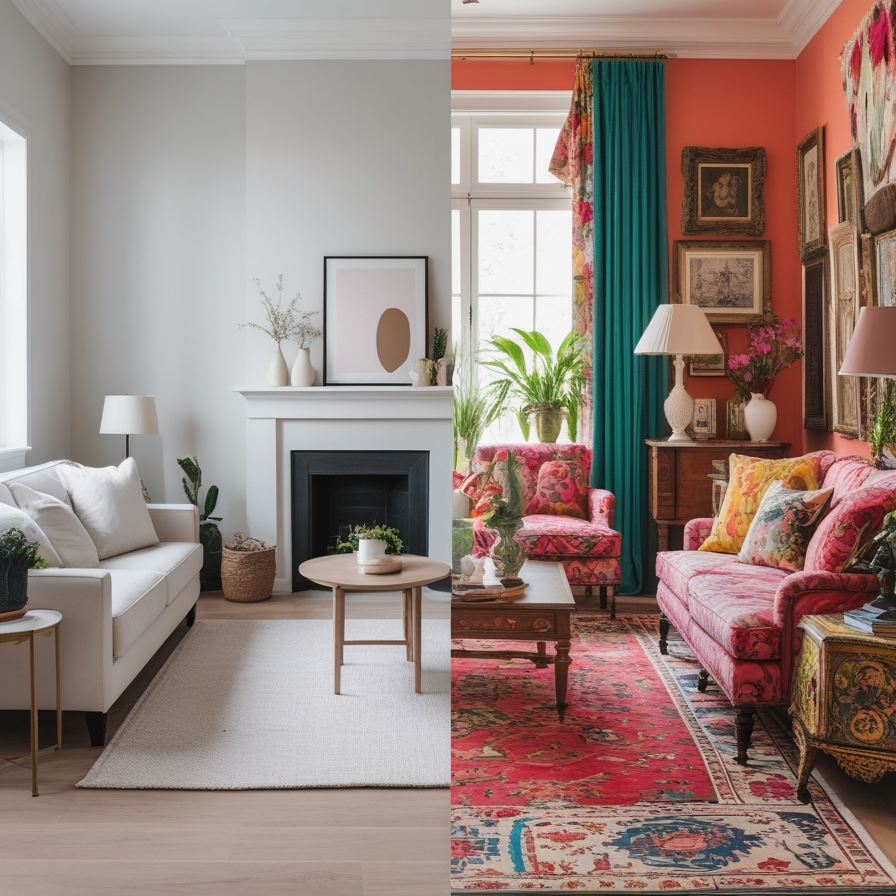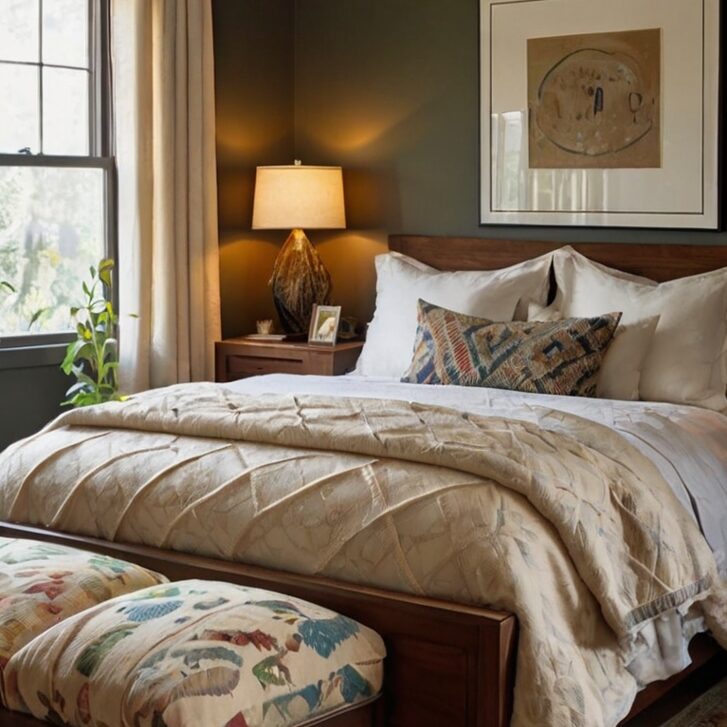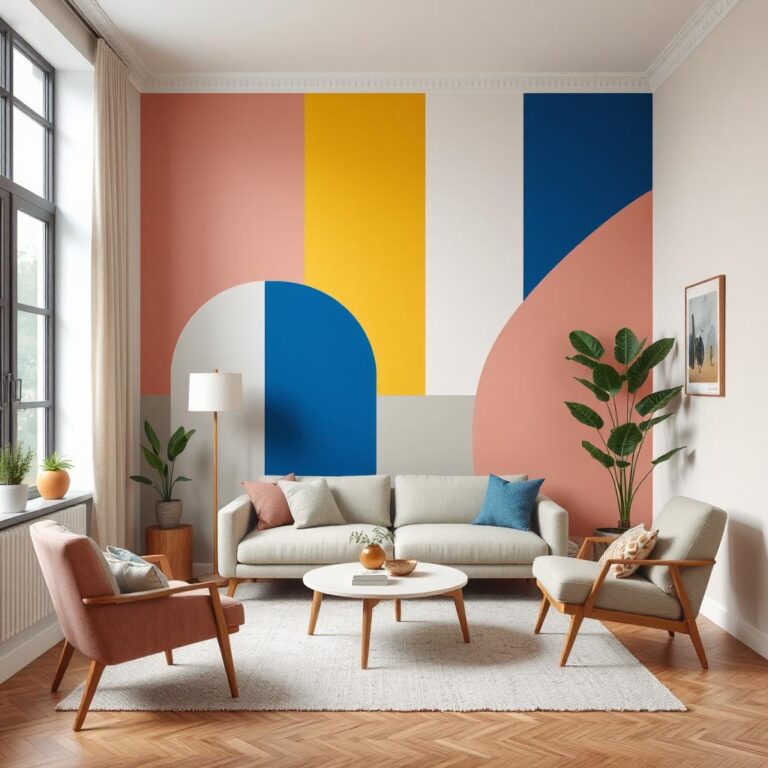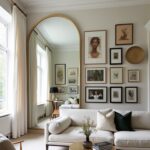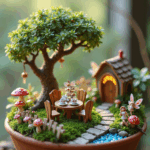When it comes to interior design, there’s no one-size-fits-all. Two opposing styles—minimalism and maximalism—often dominate the conversation. But what do these styles actually mean, and how do you know which one suits you best?
Let’s dive into the philosophy, visual impact, and lifestyle compatibility of both, so you can discover your design identity.
Minimalism: The Art of Less
What It Is:
Minimalism is all about simplicity, clean lines, and functionality. It emphasizes space, light, and a “less is more” approach. Think neutral palettes, uncluttered surfaces, and furniture that serves a clear purpose.
Who It’s For:
Minimalism is ideal for those who value clarity, organization, and calm. If visual noise stresses you out or you love the idea of everything having a place, this could be your perfect match.
Key Elements of Minimalist Design:
- Neutral color schemes (whites, greys, beiges)
- Natural light and open space
- Streamlined furniture with clean silhouettes
- High-quality over high quantity
- Hidden storage to reduce visual clutter
Pros:
- Easier to clean and maintain
- Creates a calming, serene atmosphere
- Encourages intentional living
Cons:
- Can feel cold or impersonal if not styled thoughtfully
- May lack visual interest for some tastes
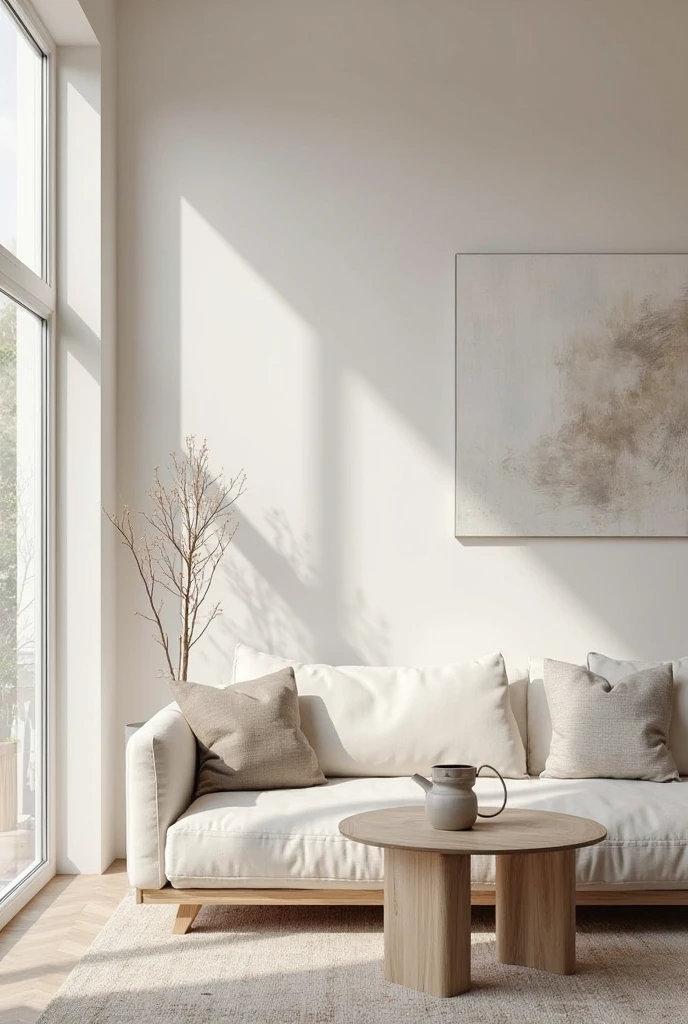
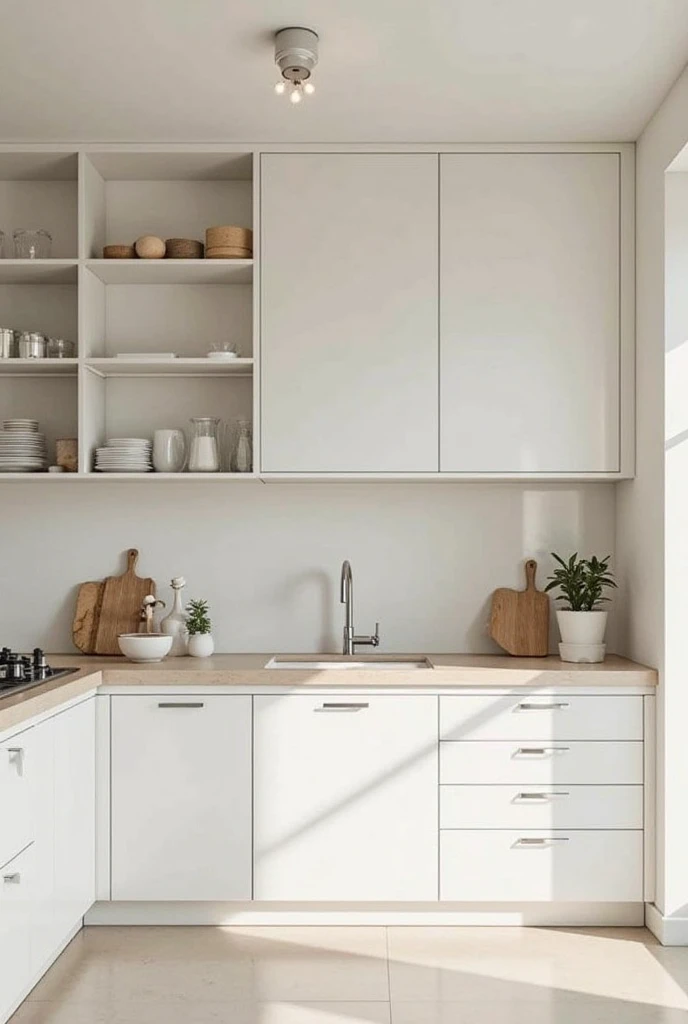
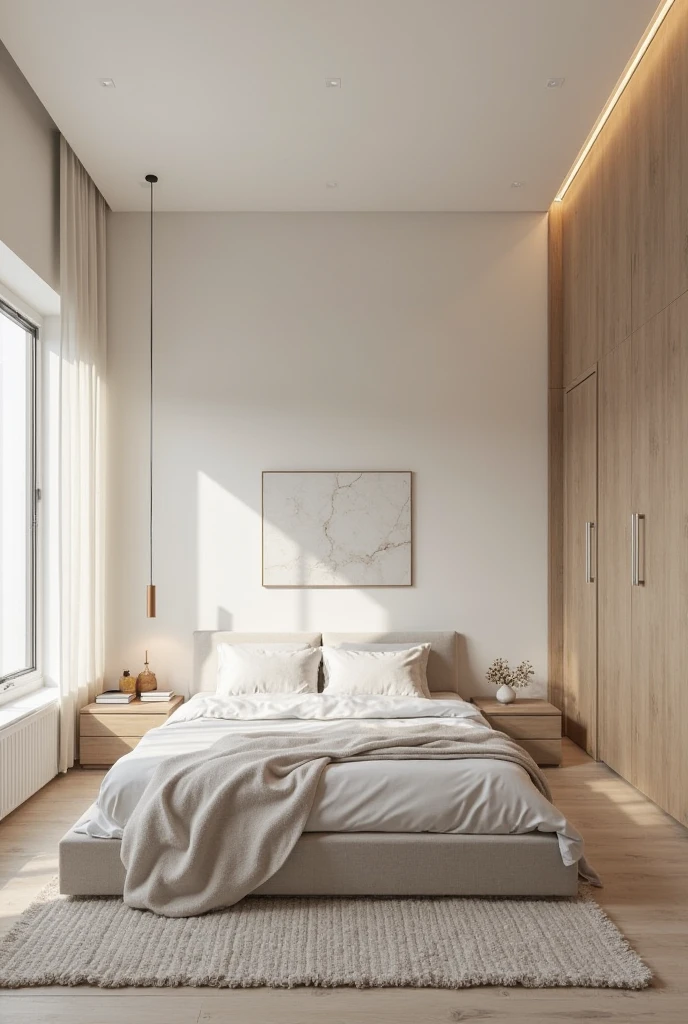
Maximalism: The Joy of More
What It Is:
Maximalism embraces bold colors, eclectic patterns, and curated chaos. It’s about self-expression, storytelling, and layering textures, objects, and art. There’s no fear of mixing styles, and every item has a story.
Who It’s For:
If you’re someone who thrives in vibrant, stimulating environments and loves to surround yourself with personality, memories, and drama, maximalism might be your design soulmate.
Key Elements of Maximalist Design:
- Bold color palettes and statement walls
- Layered patterns and rich textures
- Gallery walls and collections on display
- Vintage, boho, glam, or globally-inspired accents
- More is more—but still curated, not random
Pros:
- Rich in personality and charm
- Allows for endless creativity and expression
- Makes every corner feel unique and lived-in
Cons:
- Can feel cluttered if not balanced well
- Requires more effort to maintain visual harmony
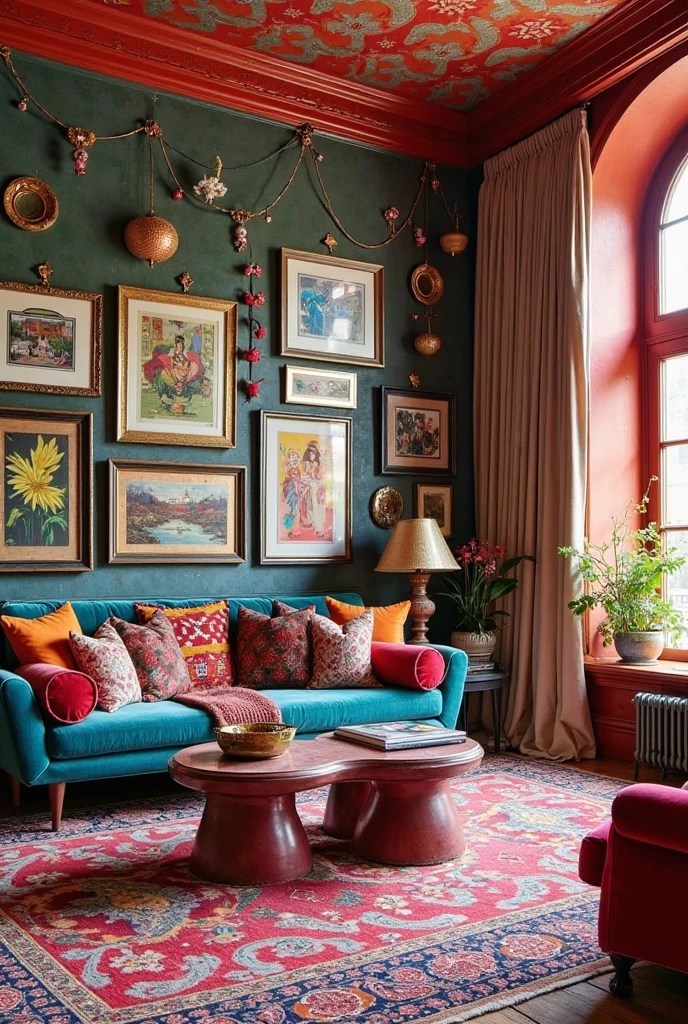
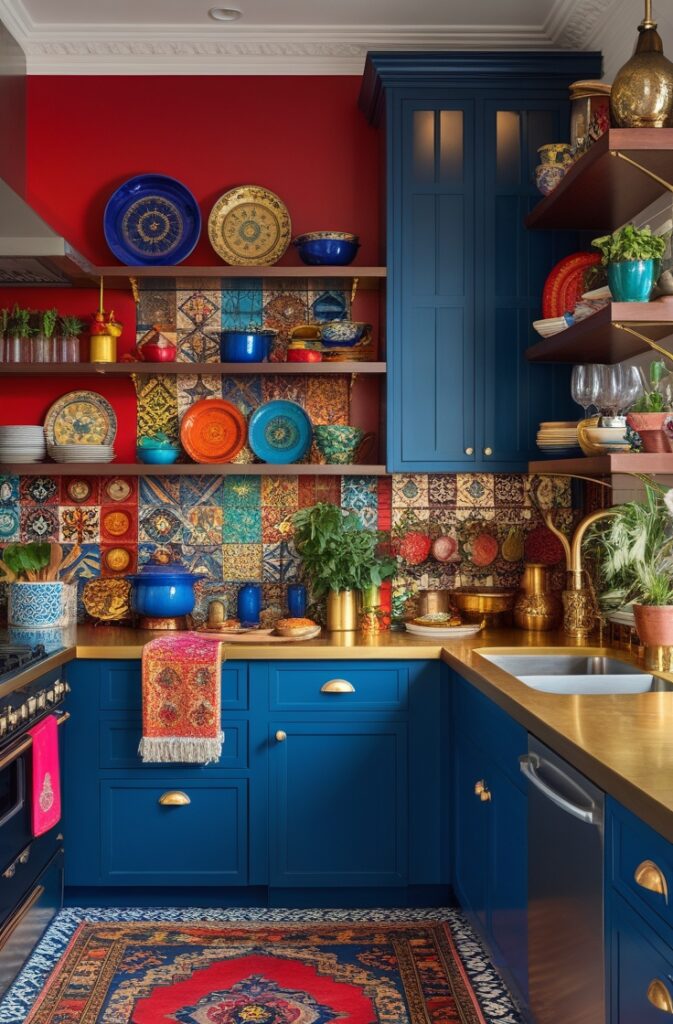
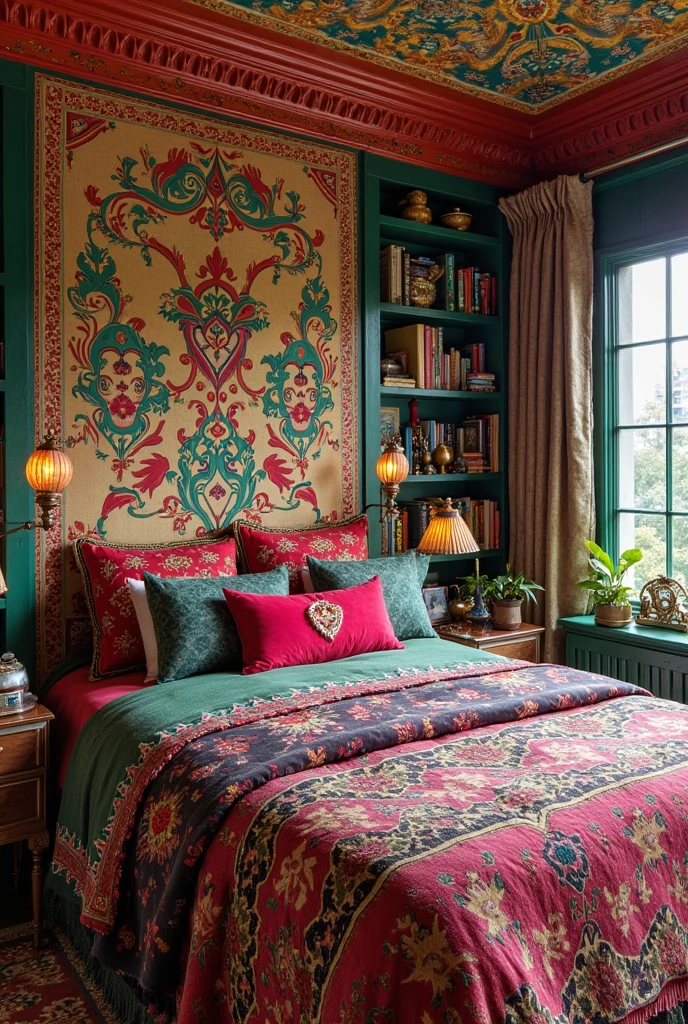
Which Style Fits You Best?
Ask yourself the following:
- Do you feel at peace in open, uncluttered spaces or energized by bold and busy surroundings?
- Are you more of a capsule wardrobe person or a collector of unique finds?
- Do you prefer clean countertops or layers of objects that spark joy and memories?
If you’re still undecided, good news: You don’t have to choose just one. Many designers now embrace “curated minimalism” or “edited maximalism”, blending the best of both worlds to suit modern lifestyles.
Final Thoughts
Minimalist and maximalist styles are two ends of a creative spectrum. Neither is better than the other—they simply reflect different aesthetics and ways of living. The key is to choose what resonates with you, your habits, and your personality.
Design isn’t about following rules—it’s about creating a space where you feel most at home.
Which side are you on: Team Minimalist or Team Maximalist? Let me know in the comments!
